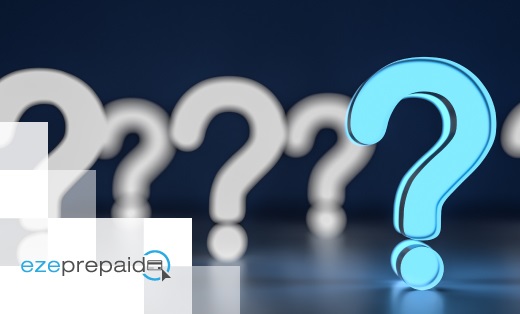How to Implement an Effective Consumer Incentive Program
Crafting Successful Consumer Incentive Programs: A Strategic Guide
Incentive programs are a powerful tool for businesses to motivate and retain customers, but it’s important to choose the right rewards, market them effectively, and make the process simple for customers. Below, we’ll explore eight important tips to keep in mind when designing an effective consumer incentive program, including choosing the right rewards, marketing their value, training your team, keeping it simple, communicating with customers, meeting, or exceeding expectations, empowering your program, and continuously improving. Whether you’re just starting to implement an incentive program or looking to make improvements to an existing one, these tips can help you achieve greater success.
- Tip 1: Choosing the Right Reward When implementing an incentive program, you must understand what your customers desire as rewards. Cash equivalents, such as merchant gift cards and prepaid cards, are often the preferred choice among consumers. To ensure that your program remains adaptable to ever-changing market trends, it is crucial to work with an incentive program partner that can provide a variety of rewards, including open-loop prepaid cards, closed-loop gift cards, digital payments, and merchandise.
- Tip 2: Marketing the Value Offering the best consumer incentives is pointless if no one knows about them. Therefore, learning how to effectively communicate your incentive programs as a tool to drive specific behaviors is crucial. For example, instead of providing a 10% discount, offer a $15 reward, and present it on a branded prepaid card in a custom carrier. This not only simplifies the process for the consumer but also serves as an opportunity to cross-sell or promote your business further.
- Tip 3: Training Your Team To ensure the success of your incentive program, it is essential to engage and educate your in-house teams, such as sales, customer service, and installation. Providing internal incentives can also motivate your team. Partnering with an incentive provider that allows you to track team member performance easily can also be beneficial.
- Tip 4: Keeping it Simple Research has shown that a streamlined process leads to increased customer engagement. To achieve this, it is essential to keep the program as simple as possible and take advantage of technology to automate processes and reduce errors. Working with an experienced partner can also simplify the program.
- Tip 5: Communicating with Customers Effective communication is crucial to the success of any incentive program. It is essential to keep customers informed about their eligibility, how to participate, and when to expect their rewards. Simple emails such as “your information have been received” or “we need some additional information from you” can go a long way in keeping customers engaged.
- Tip 6: Meeting (or Exceeding) Expectations It is industry practice for providers to process and issue rewards within a few days. If you anticipate delays in fulfillment, adding extra time to your expected delivery date is essential. In unforeseen delays, it is vital to acknowledge the mistake and make it up to the customer with a bonus or heartfelt apology.
- Tip 7: Empowering Your Program When customer issues arise, you must empower your front-line customer service team to handle them. Provide them with a few options to choose from, depending on the situation and the customer relationship. Ensuring your customer care team is educated about your promotions can also be beneficial.
- Tip 8: Continuously Improving Throughout the redemption process and post-fulfillment, it is essential to keep talking to customers to find out what worked and what didn’t. By mining the data and integrating it into your CRM program, you.
In conclusion, implementing an effective consumer incentive program requires careful planning and execution. By choosing the right rewards, marketing their value, training your team, keeping it simple, communicating with customers, meeting or exceeding expectations, empowering your program, and continuously improving, businesses can increase customer engagement, motivation, and retention. By following these tips, businesses can create a program that is tailored to their target audience’s needs and preferences and increase their chances of success. Remember that the key to a successful incentive program is understanding the customers’ needs and preferences and providing them with rewards that they truly value. With the right approach, businesses can create an incentive program that drives desired behaviors and delivers real results.
All Digital Rewards is a well-established provider of incentives, renowned for their proficiency in crafting and implementing loyalty and employee programs. Our platform is robust and can handle any level of complexity and our team is dedicated to providing support and resolving any challenges that may arise. For businesses seeking to establish or enhance their incentive programs, All Digital Rewards is the ideal partner. Start your journey with us today by clicking here or reaching out to us at 1 866-415-7703.
Contact Sales
Want more information about Ezeprepaid? We're happy to help! We provide quick-to-market prepaid and gift card solutions customized to meet your company’s needs.
"*" indicates required fields

